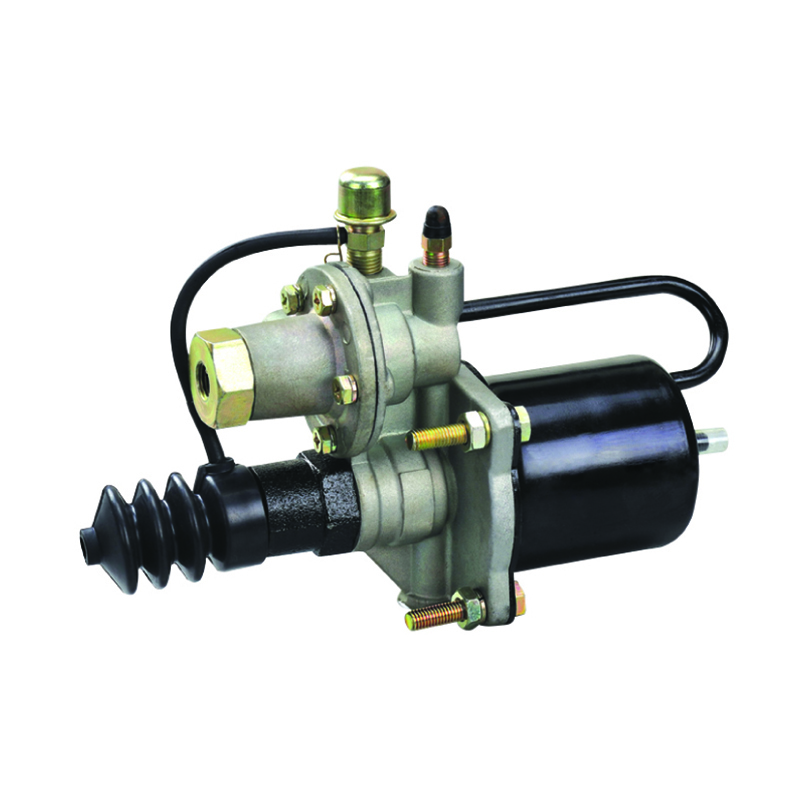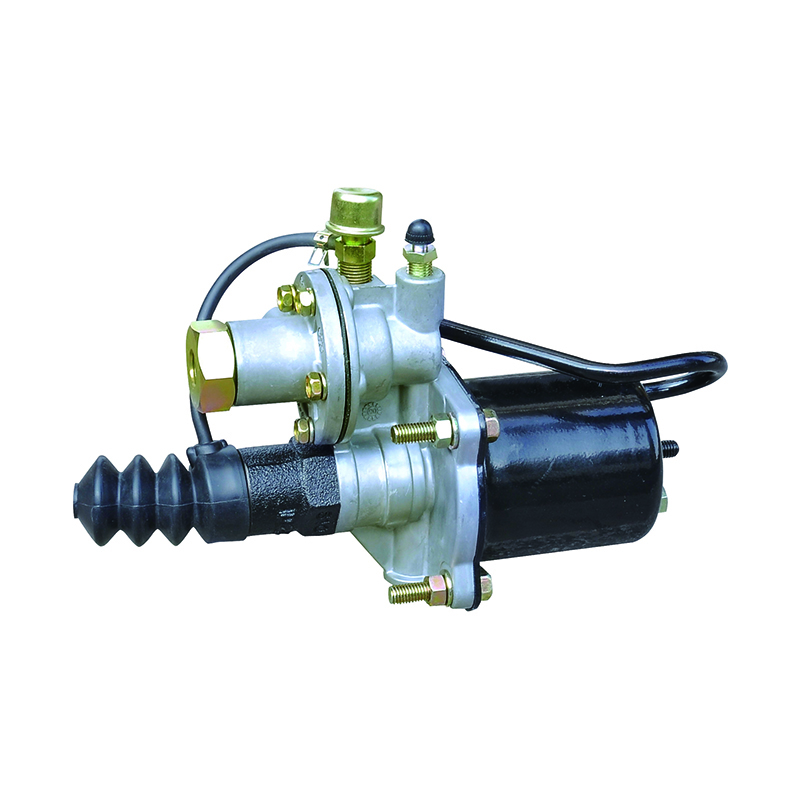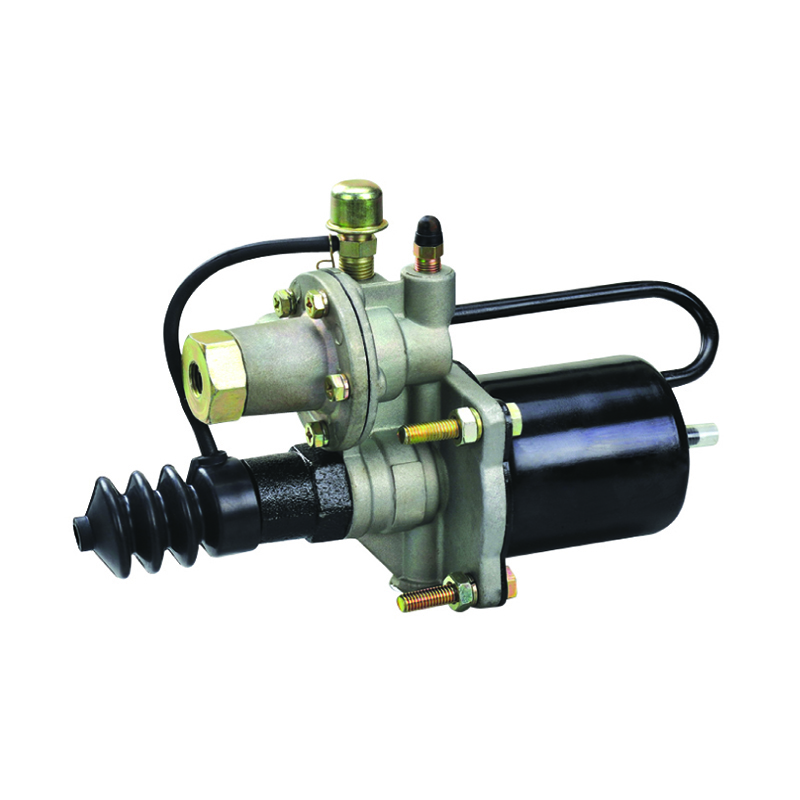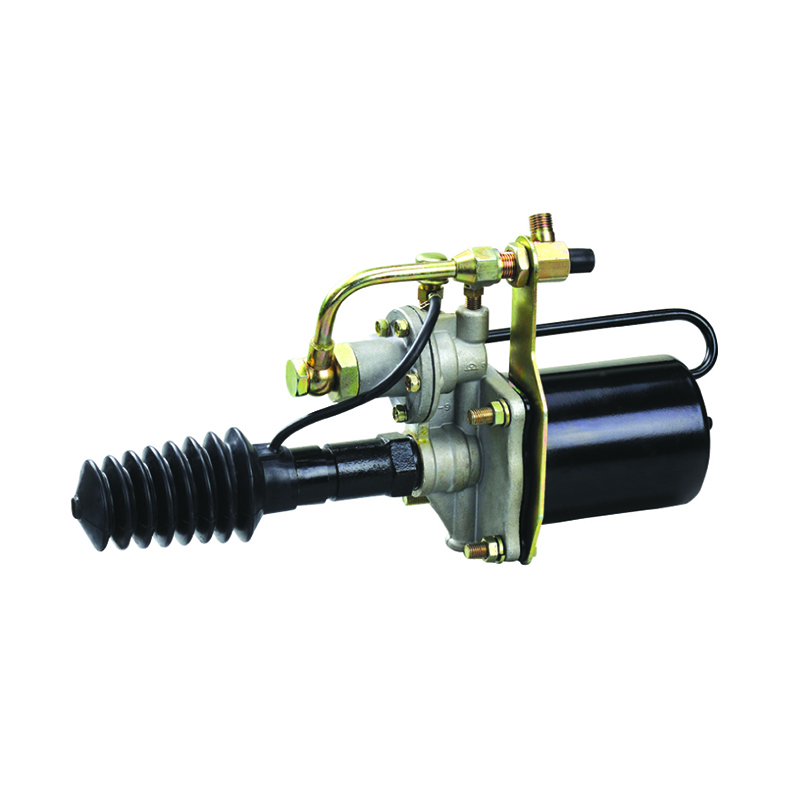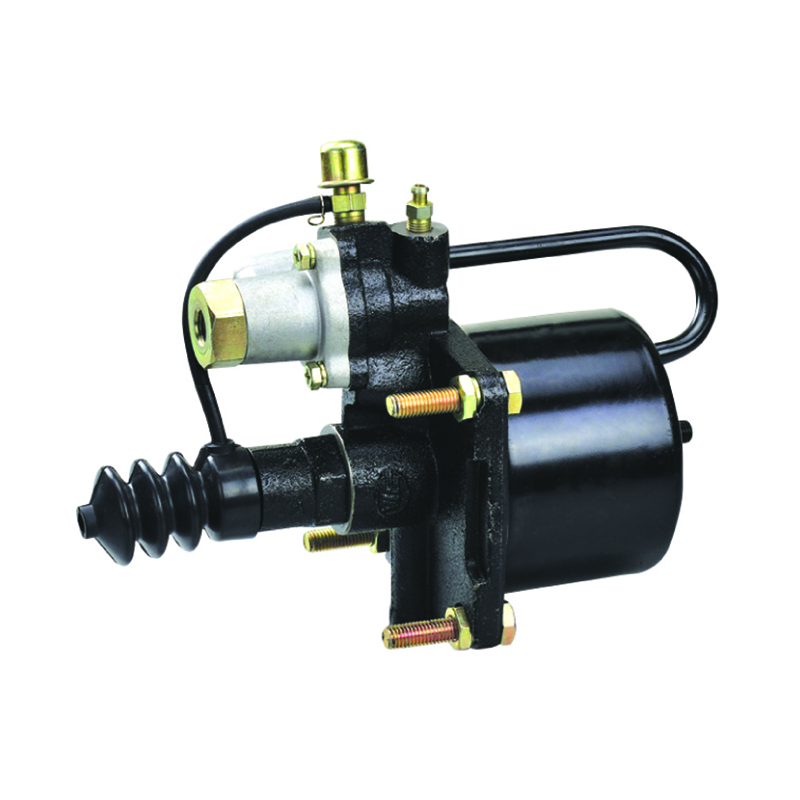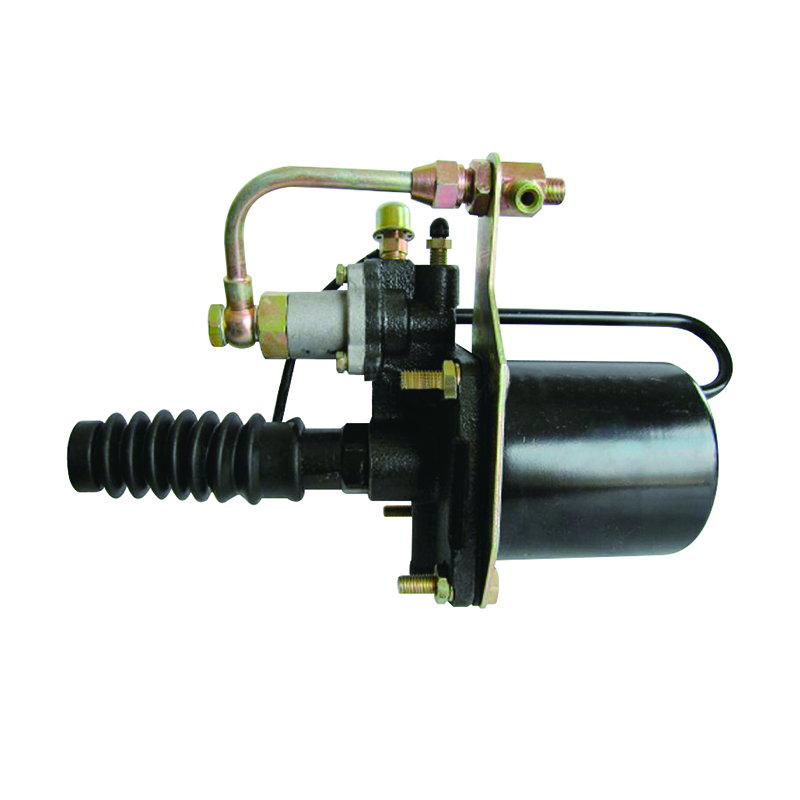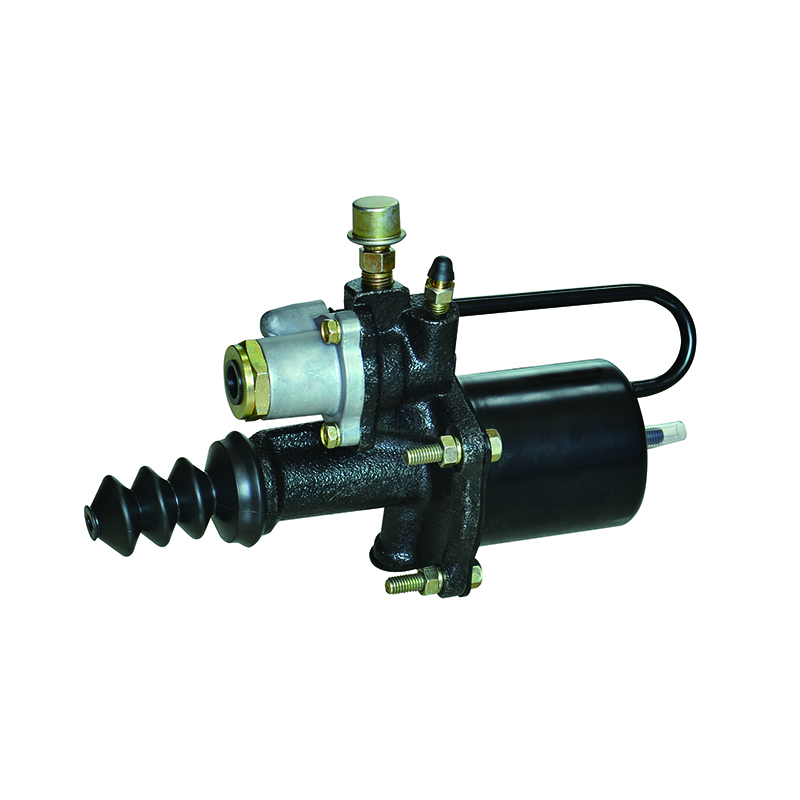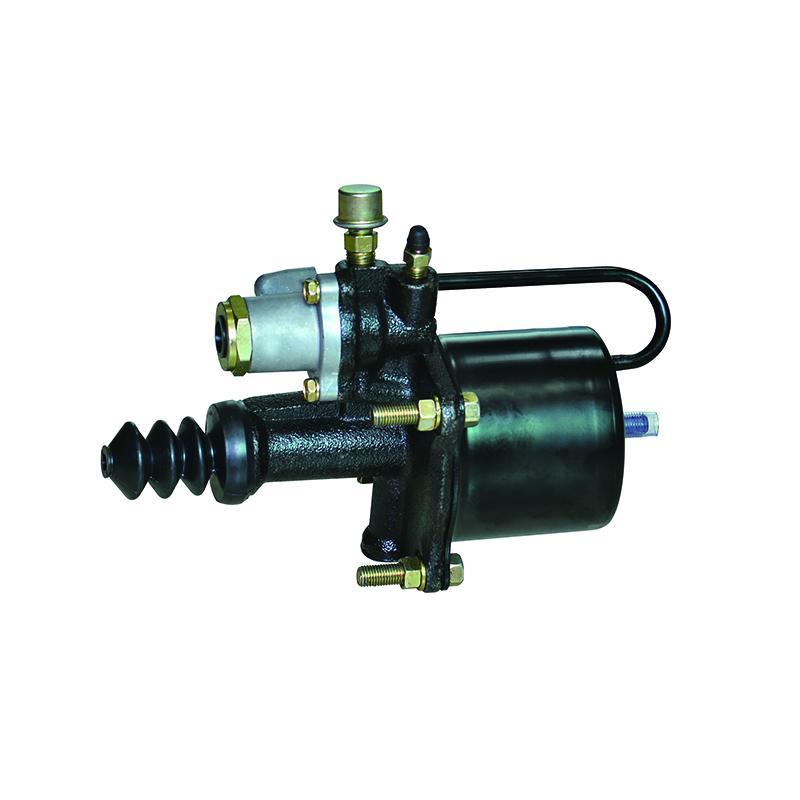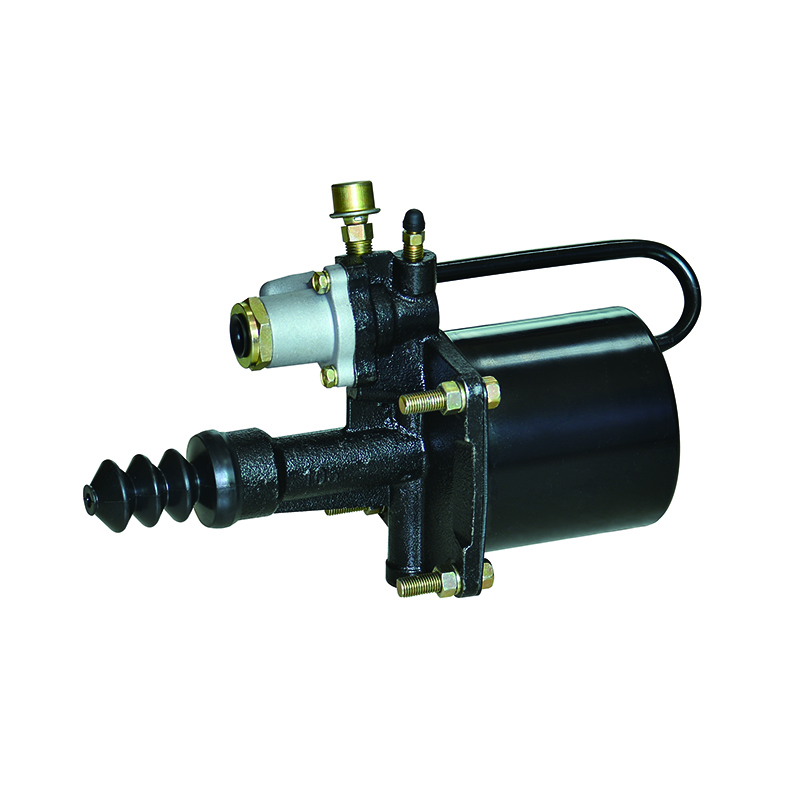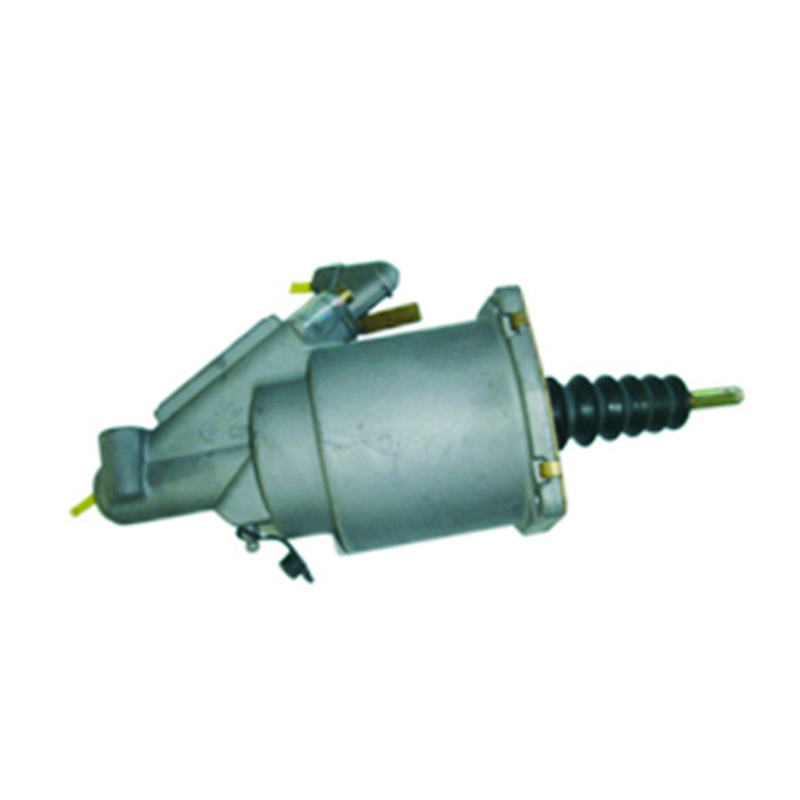For exclusive deals and latest offers, signup by entering your email address below.
Exploring the Role of Spring Brake Chambers in Heavy-Duty Vehicles
Heavy-duty vehicles, such as trucks and buses, are the lifeblood of many industries, facilitating the movement of goods and people across vast distances. The safe operation of these massive vehicles is paramount, and at the core of their safety systems lies a critical component known as the spring brake chamber.
Understanding Spring Brake Chambers
The spring brake chamber is an integral part of the air brake system in heavy-duty vehicles. This system is renowned for its reliability and efficiency in bringing these imposing machines to a stop. Spring brake chambers serve multiple essential functions, contributing significantly to the overall safety and functionality of heavy-duty vehicles.
Functionality and Operations
At its essence, the spring brake chamber plays a pivotal role in the braking functionality of heavy-duty vehicles. When the driver engages the brakes, whether for routine deceleration or in response to a sudden emergency, the spring brake chamber springs into action. It forms a crucial part of the air brake system, converting air pressure into mechanical force to activate the service brakes.
Parking Brake Engagement
Parking brakes are a vital safety feature in heavy-duty vehicles, especially when the engine is turned off. The spring brake chamber takes the lead in ensuring that these parking brakes engage securely. It accomplishes this task by storing energy in the form of compressed air, which is then utilized to activate the parking brakes effectively when needed.
Emergency Braking
In high-stress scenarios, such as brake system failures or abrupt stops, the emergency brakes become critical. Once again, the spring brake chamber assumes a central role in this function. It can be manually triggered by the driver or activated through safety mechanisms to bring the heavy-duty vehicle to a rapid and safe halt.
Fail-Safe Mechanism
Perhaps one of the most crucial aspects of spring brake chambers is their role as a fail-safe mechanism. Even in the event of a loss of air pressure within the brake system, a situation that can arise due to various factors, the stored energy within the chamber's springs ensures that the parking and emergency brakes can still be applied. This redundancy is a vital safety feature, providing an additional layer of protection for drivers and fleet operators.
Maintenance and Care
To uphold the safety and efficiency of heavy-duty vehicles, regular maintenance and inspection of spring brake chambers are imperative. During routine checks, technicians verify that the chambers maintain the correct air pressure, inspect the condition of the springs, and ensure the chambers remain free from dirt and debris. Prompt attention and possible replacement are necessary in case of wear or damage to these components.

 English
English 中文简体
中文简体
